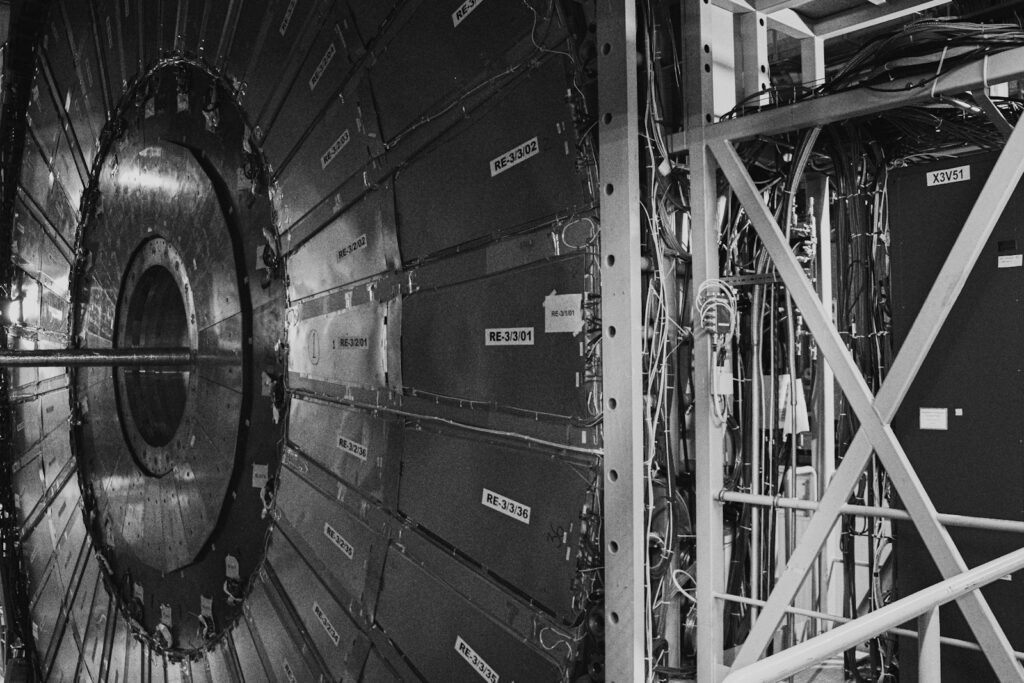Imagine standing on a muddy riverbank 50 million years ago and seeing a strange creature lumbering by—part crocodile, part mammal, with the hint of a whale’s face. This isn’t a scene from a science fiction movie. It’s the real story of Ambulocetus, the “walking whale,” whose fossilized remains have shattered our understanding of how modern whales came to rule the oceans. With every bone unearthed, Ambulocetus draws us into a world where land and sea blurred, and where evolution’s creativity was on full display. Its tale is not only a window into a lost world, but a profound reminder of our own shared ancestry with the wildest creatures of the deep.
A Creature Caught Between Worlds

Ambulocetus was a true marvel—a mammal bearing both the marks of its land-dwelling ancestors and the beginnings of a life at sea. Its name, meaning “walking whale,” perfectly captures its dual nature. Imagine an animal with powerful, paddle-like limbs that could support its weight on land, yet also propel it through water with surprising agility. Its elongated body and flexible spine made it a capable swimmer, much like an otter or a crocodile. Yet, Ambulocetus still carried the unmistakable features of land mammals, such as differentiated teeth and sturdy, weight-bearing legs. This unique blend of traits tells a compelling story of transition, as evolution slowly rewrote the rules for survival.
The Fossil Discovery That Changed Everything

The first fossils of Ambulocetus were discovered in the early 1990s in Pakistan, in rocks dating back around 48 million years. Paleontologists were stunned by what they saw—here was a creature that didn’t fit neatly into any category. It had a whale’s skull and jaw, but its limbs resembled those of a land mammal. The preservation of the fossils was extraordinary, offering a nearly complete skeleton that allowed scientists to piece together its lifestyle and movements. The moment Ambulocetus was revealed to the world, it sparked excitement and debate, forcing a rethinking of how—and how quickly—whales made the leap from land to sea.
A Body Built for Both Land and Water

Ambulocetus’s anatomy is a fascinating study in compromise. Its legs were strong and muscular, capable of supporting it as it walked along riverbanks or marshy shores. Yet, the structure of its pelvis and spine allowed for powerful undulating movements in water, similar to how modern otters or seals swim. Unlike today’s whales, Ambulocetus still had functional knees and ankles, and its toes were likely webbed, providing extra thrust in the water. This combination of features made Ambulocetus a jack-of-all-trades, at home in the shallows but not yet fully adapted to oceanic life. It’s a living metaphor for evolution in action—a bridge between worlds.
Teeth That Tell a Story

The mouth of Ambulocetus holds secrets about its diet and lifestyle. Its teeth were pointed and sharp, suited for catching slippery prey like fish, but also robust enough for crunching through tougher fare, such as small animals or even carrion. The pattern of wear on its teeth suggests a varied diet, fitting for an opportunistic predator living in a dynamic environment. What’s more, the structure of its jaw and the arrangement of its teeth closely resemble those of early whales, offering a clear link between land-dwelling mammals and their aquatic descendants. Each tooth is a tiny fossil record, documenting the dietary experiments that shaped the future of marine mammals.
How Ambulocetus Moved

Watching Ambulocetus move would have been a strange sight. On land, it likely walked with a sprawling gait, its body close to the ground, much like a modern crocodile. Its limbs, though strong, weren’t built for speed over long distances. In the water, however, Ambulocetus came alive. Its flexible spine and muscular tail allowed it to swim with sinuous movements, weaving through the shallows in pursuit of prey. This dual mode of locomotion gave Ambulocetus a unique advantage, letting it exploit resources both on land and in water. Such versatility was key to its survival in a world of shifting environments and new opportunities.
From Riverbanks to Oceans

Ambulocetus didn’t live in the open sea, but along lush riverbanks and coastal wetlands. These habitats were teeming with life—schools of fish, flocks of wading birds, and forests rich with plant life. The rivers of ancient Pakistan were the perfect stage for this evolutionary experiment. Over millions of years, creatures like Ambulocetus gradually ventured further from land, adapting to deeper, saltier waters. Eventually, their descendants would become fully aquatic, losing their legs and developing tail flukes, transforming into the whales and dolphins we know today. The journey from riverbank to open ocean is a testament to nature’s patience and ingenuity.
The Sound of Change: Hearing Adaptations

One of the most fascinating changes in Ambulocetus was its evolving sense of hearing. On land, mammals rely on air vibrations, but underwater, sound travels differently. Ambulocetus’s ear bones show a mix of adaptations—it could hear both in air and in water. Its middle ear, for instance, began to show features that would later become specialized for underwater hearing in modern whales. This ability to sense prey and danger in two worlds gave Ambulocetus a vital edge and set the stage for the sophisticated echolocation found in some of today’s whales. It’s a powerful reminder of how sensory evolution shapes survival.
What Ambulocetus Teaches Us About Evolution

The story of Ambulocetus is more than just a tale of one animal—it’s a vivid illustration of evolution’s slow but relentless march. Ambulocetus bridges a crucial gap in the fossil record, showing us the “missing link” between land mammals and the giants of the sea. Its mix of old and new features is like a living puzzle, each piece revealing how small changes accumulate over time to create entirely new ways of life. The discovery of Ambulocetus reminds us that evolution isn’t a straight line, but a winding path filled with dead ends, leaps of innovation, and surprising detours.
Ambulocetus and Our Shared Ancestry

It’s easy to forget that whales, with their alien forms and oceanic grace, share a deep kinship with us and all other mammals. Ambulocetus brings this connection into sharp focus. Like us, it had lungs for breathing air, hair on its body, and even the beginnings of mammalian social behaviors. Its journey from land to water echoes our own evolutionary story—a tale of adaptation, struggle, and survival. By studying Ambulocetus, we’re not just learning about whales; we’re seeing a distant reflection of our own origins, and the incredible power of change written in our DNA.
The Enduring Mystery of the Walking Whale

Even today, Ambulocetus holds mysteries that continue to intrigue scientists. How did it hunt? Did it live alone or in groups? What drove it and its descendants to leave the land behind for good? Each new fossil find adds a piece to the puzzle, sparking fresh debates and inspiring new research. The story of Ambulocetus is far from complete, reminding us that the past is always just a little out of reach, waiting to be uncovered. Its strange, beautiful form stands as a challenge—to never stop asking questions about where we came from, and where we might be going.
Why Ambulocetus Matters Today

In a world where oceans are changing rapidly, the story of Ambulocetus feels more relevant than ever. It’s a symbol of resilience and adaptation, showing us that life can survive—and even thrive—in the face of dramatic change. For scientists, Ambulocetus is a living lesson in the importance of fossils and the insights they offer. For everyone else, it’s a source of wonder, a reminder that the most fantastic stories are sometimes hiding in stone beneath our feet. The walking whale calls us to look closer at the world around us and to marvel at the power of transformation that shapes all life.
Ambulocetus invites us to imagine a world in flux, where boundaries are made to be crossed and where every creature carries the potential for astonishing change. It’s a story that links us to the deepest currents of our own history—one that asks us to consider: What other wonders remain to be discovered in the story of life on Earth?




